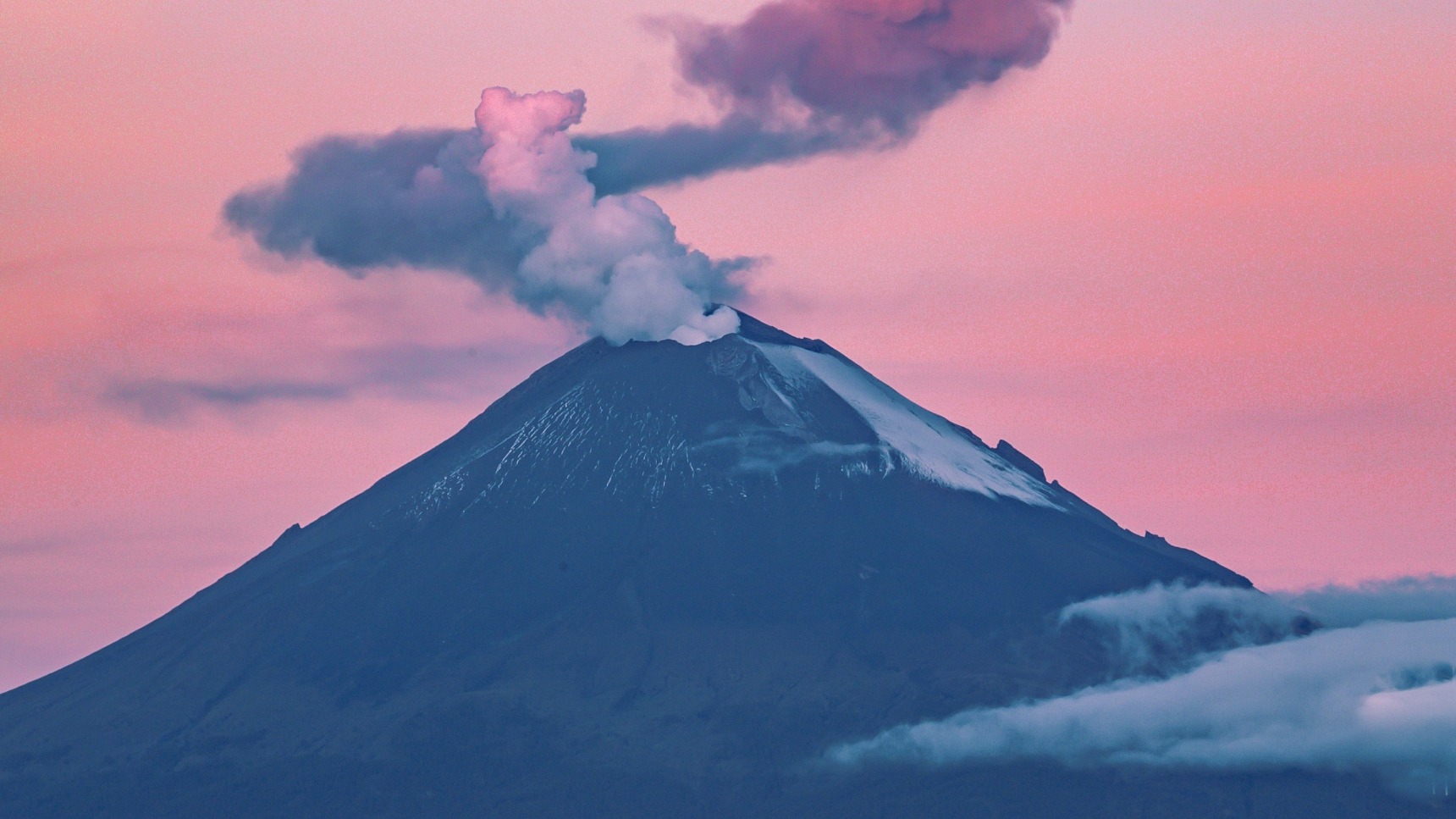Volcanic Activity of Popocatépetl
Popocatépetl is an active stratovolcano located in central Mexico, about 70 kilometers southeast of Mexico City. It is the second-highest volcano in Mexico, after Citlaltépetl (or Orizaba), and is one of the most active volcanoes in the country.
Background Information
Popocatépetl, also known as "Popo" or "The Smoking Mountain," is an active stratovolcano located in central Mexico, about 70 kilometers southeast of Mexico City. It is the second-highest volcano in Mexico, after Citlaltépetl (or Orizaba), and is one of the most active volcanoes in the country.

Popocatépetl has been erupting for at least 7,000 years, and its most recent eruption was in 2019. The volcano is known for its explosive eruptions, which can produce ashfall, pyroclastic flows, and lahars.
Current Activity
The current eruption period at Popocatépetl began in 1994 and has been characterized by a series of lava dome extrusions and explosive eruptions. The most recent eruption occurred on December 19, 2019, and produced a plume of ash that rose to an altitude of 10 kilometers.
Monitoring
The current activity at Popocatépetl is being monitored by the Mexican National Seismological Service (SSN) and the National Center for Disaster Prevention (CENAPRED). The SSN has a network of seismic stations that monitor the volcano for earthquakes and tremors, while CENAPRED has a network of cameras that monitor the volcano for ash emissions and other signs of activity.
Risks
The current level of activity at Popocatépetl is considered to be moderate. However, the volcano is capable of more explosive eruptions, and people living near the volcano should be aware of the potential risks.
Cultural Significance
In addition to its geological significance, Popocatépetl is also an important cultural symbol for the people of Mexico. The volcano is mentioned in Aztec mythology and is often depicted in art and literature. Popocatépetl is also a popular tourist destination, and its summit can be reached by a cable car.
Background Information
The volcano is located in the Trans-Mexican Volcanic Belt, a chain of volcanoes that runs along the southern edge of the Mexican Plateau.
The volcano is made up of andesitic and dacitic lavas, which are intermediate to felsic in composition.
The volcano has a summit crater that is about 400 meters wide and 600 meters deep.
The volcano has erupted at least 30 times in the past 7,000 years.
The most recent eruption occurred in 2019.
The volcano is considered to be an active volcano and is capable of more explosive eruptions.